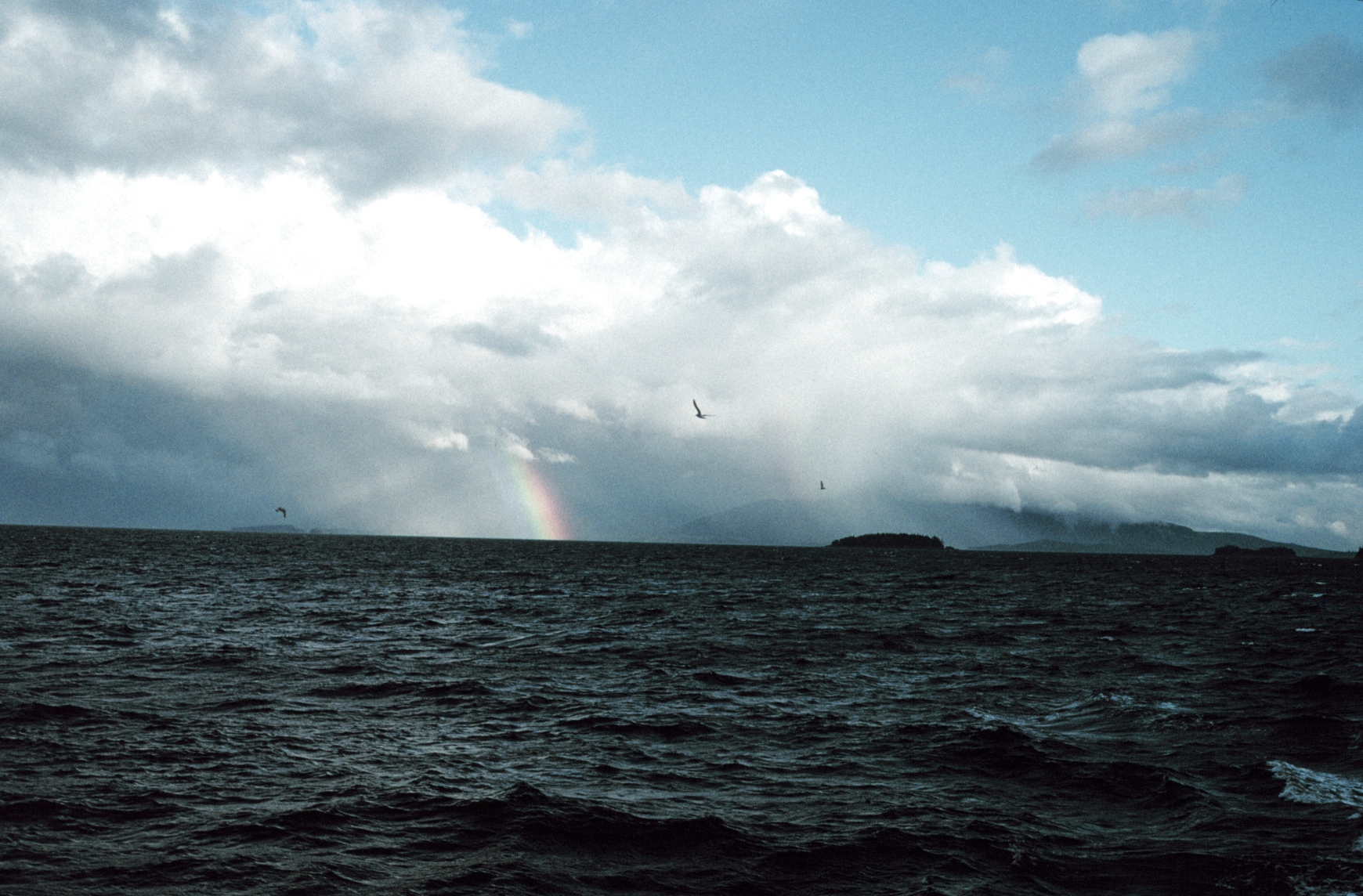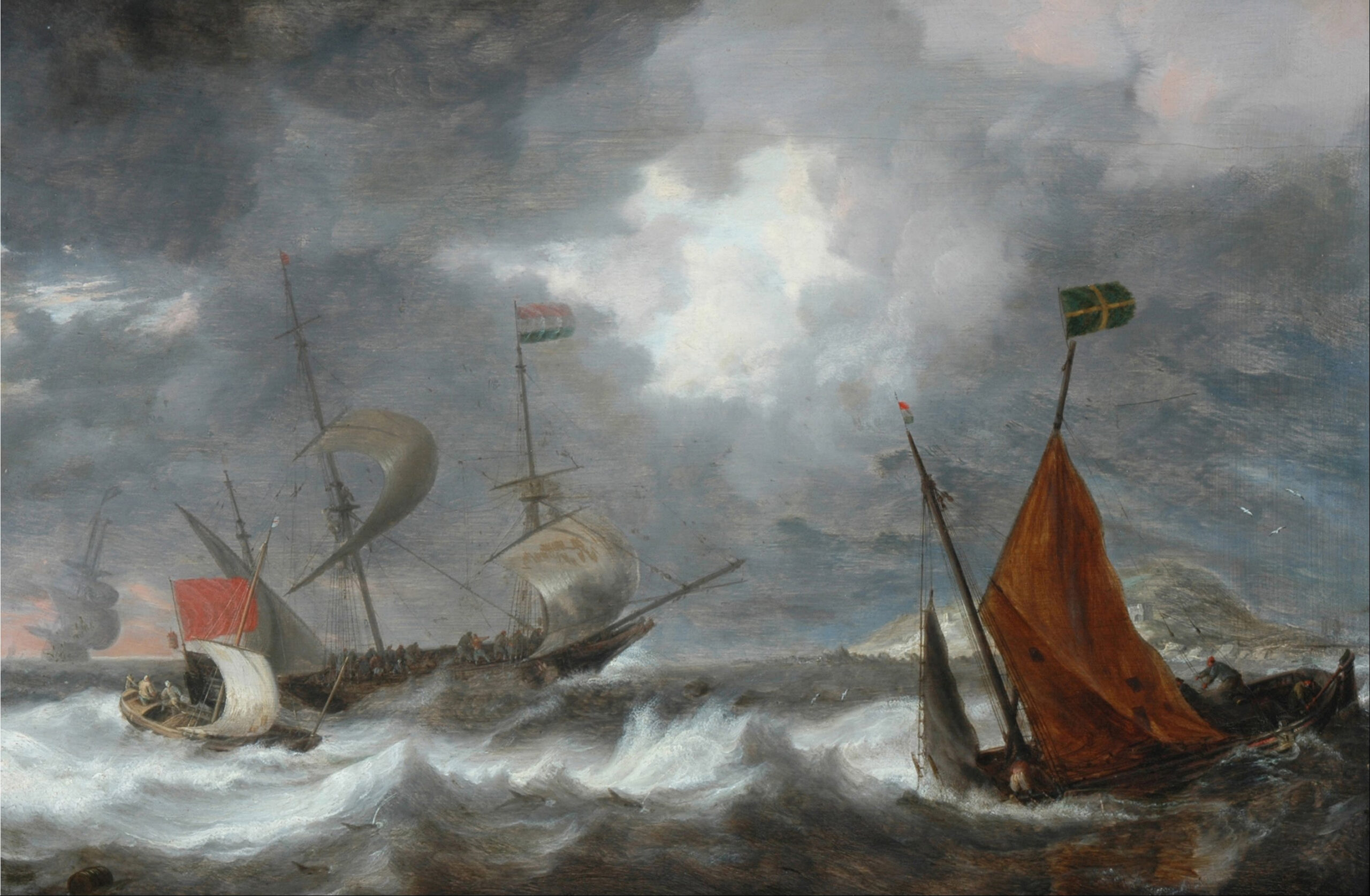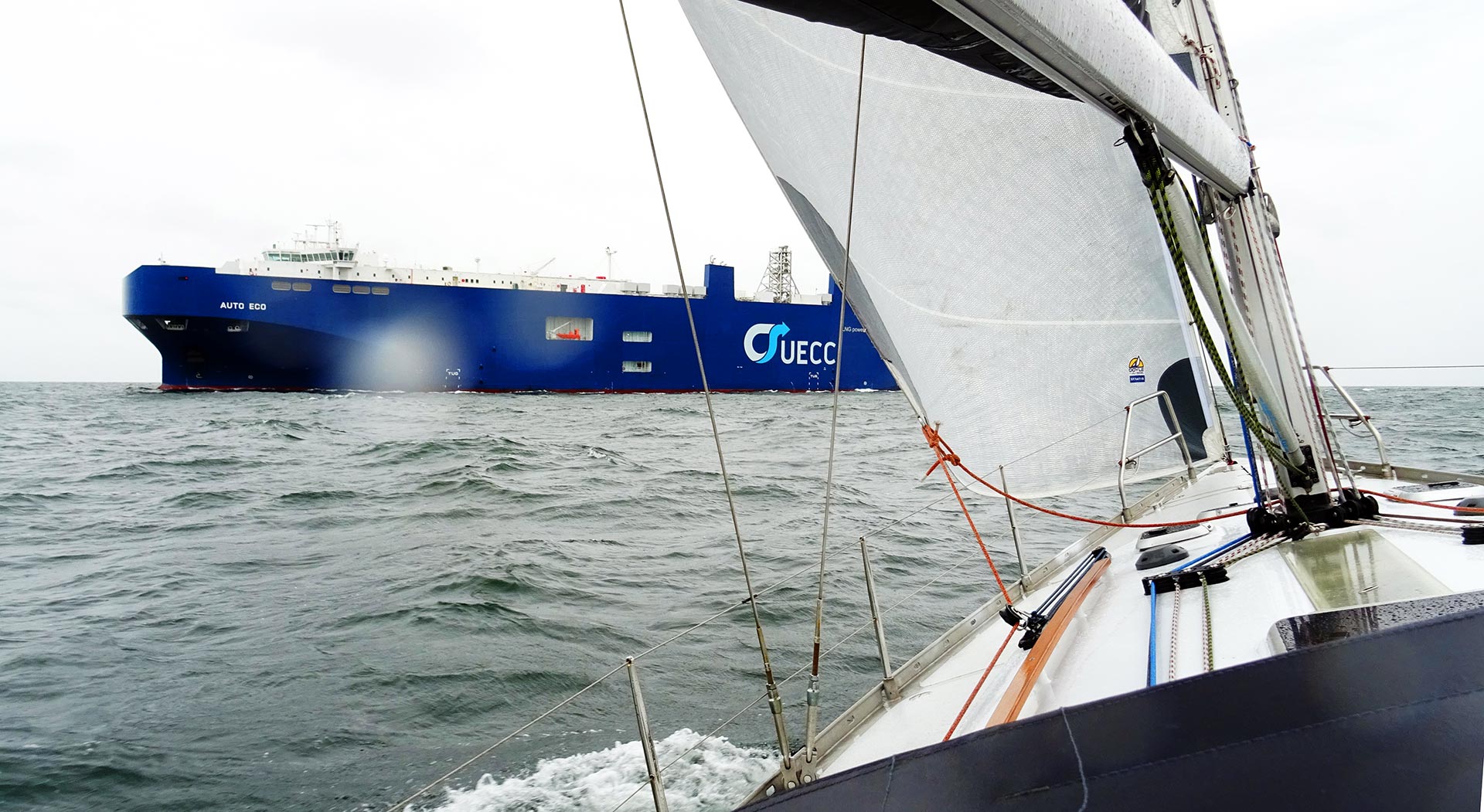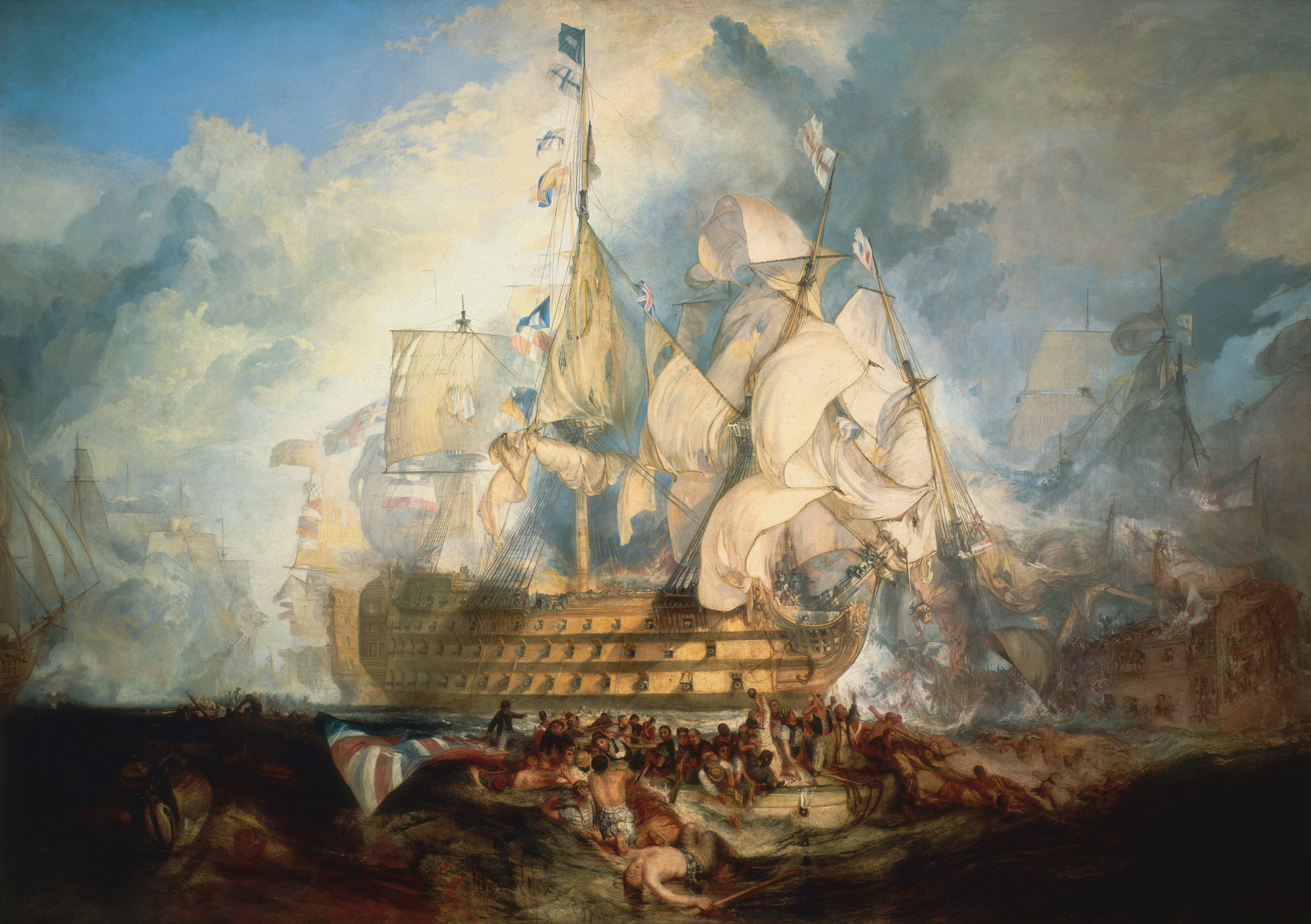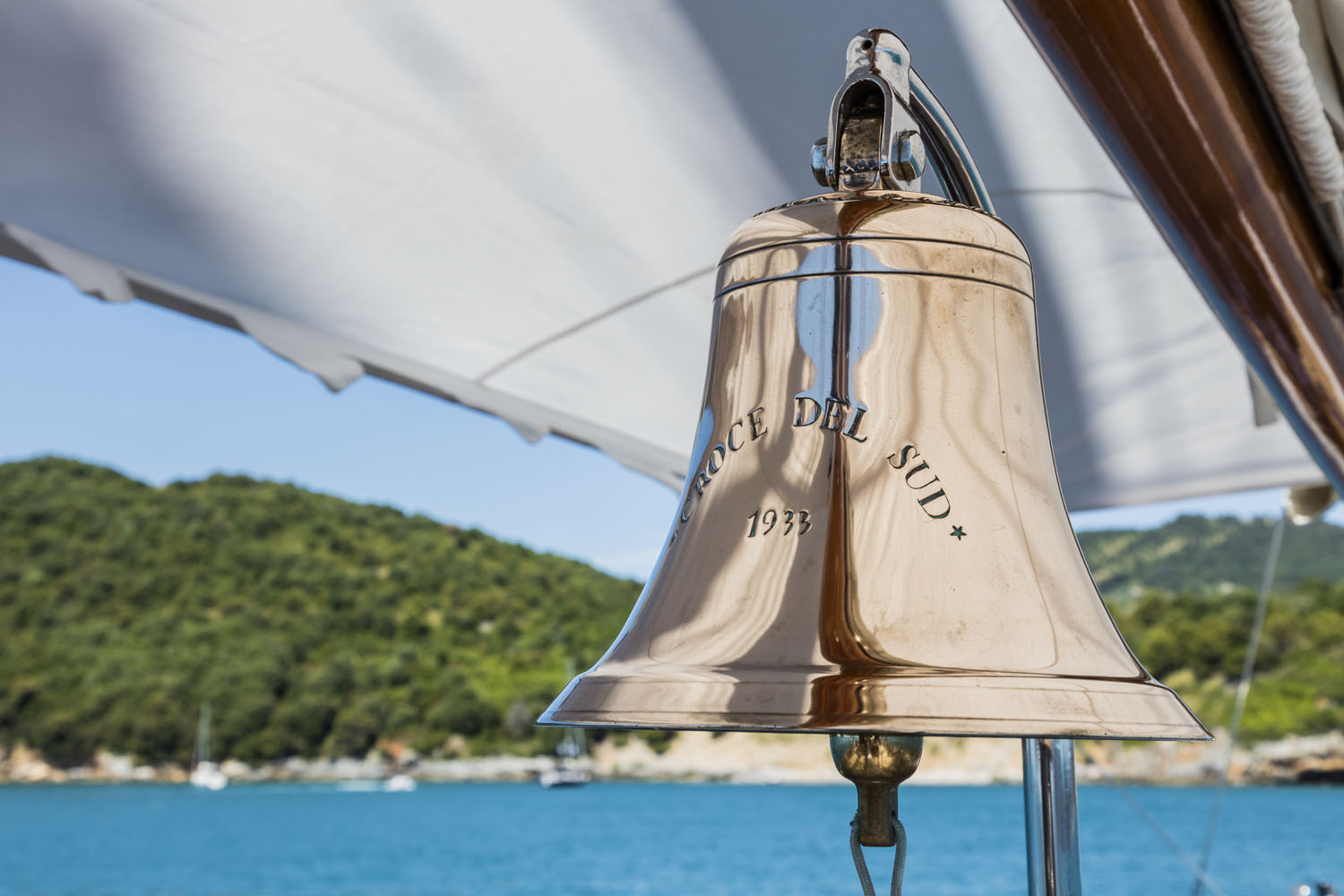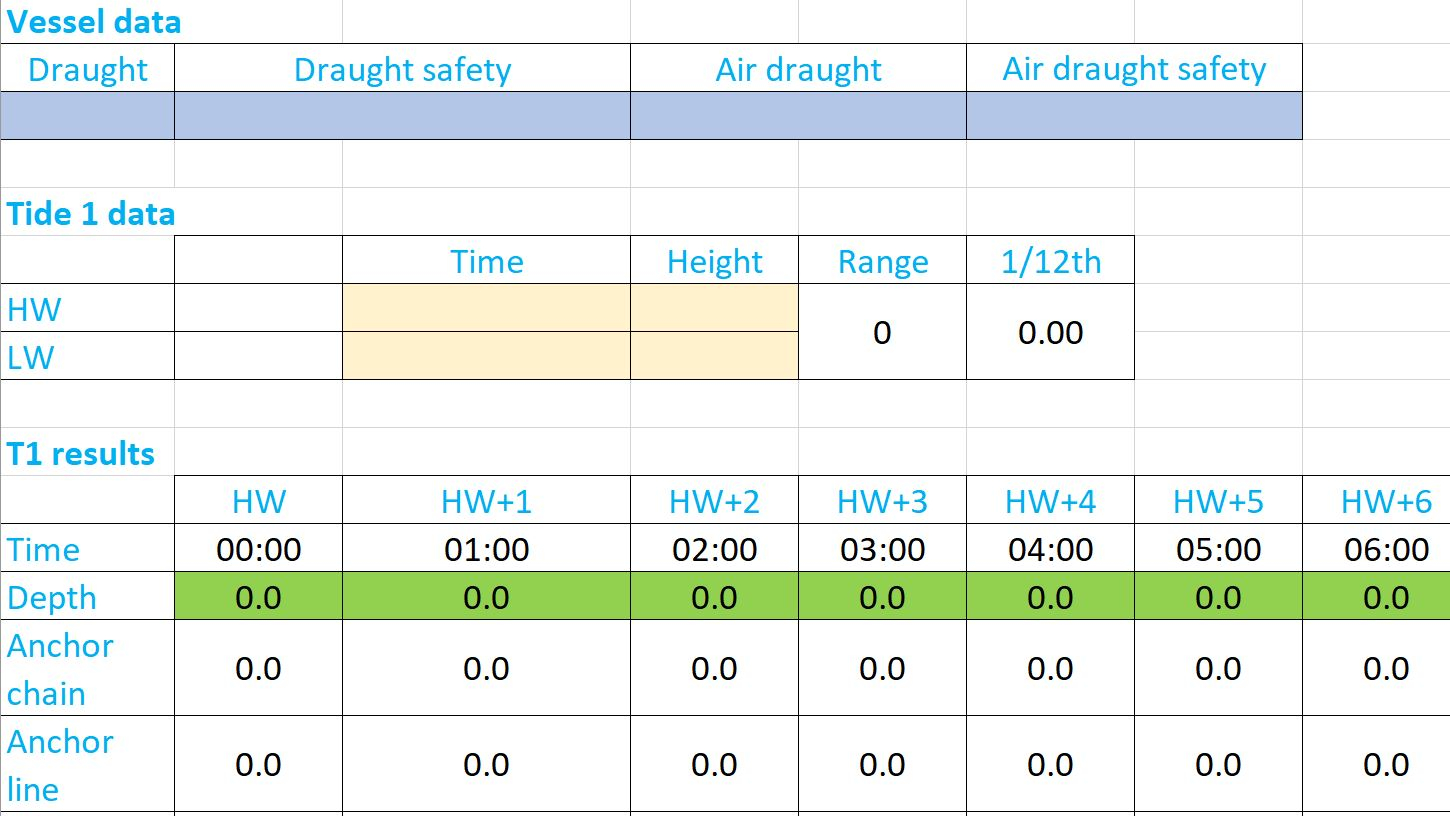Sail training theory tutorial 5: weather – high pressure, low pressure, depressions and squalls
Low pressure systems can be bad news for sailors, bringing storms, squalls and general unpleasantness. Thankfully, they can usually be predicted – and you’ll need to know how if you are planning to take your RYA Yachtmaster exam, or indeed if you intend to have a long and relatively comfortable sailing career. Depressions are low …
